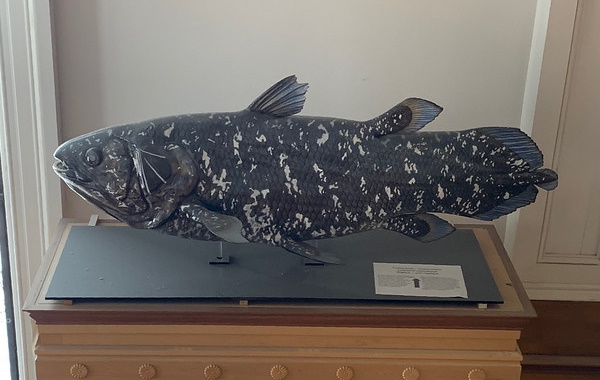Bring ’em back alive! That’s exactly what some zoologists are doing when they re-discover living populations of species previously thought to be extinct.
Coelacanth
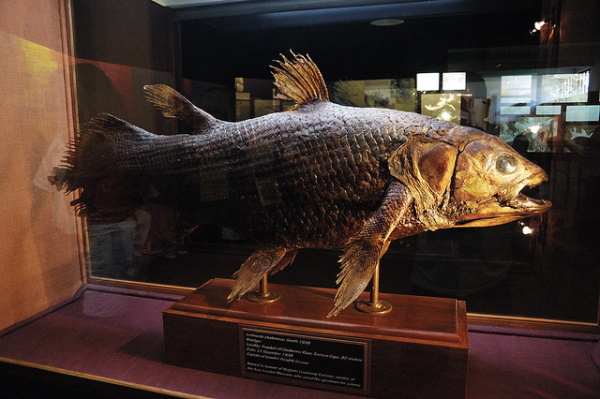 (images via: Hotel Kaesong and Chris Bloom)
(images via: Hotel Kaesong and Chris Bloom)
As the poster child for so-called “living fossils”, the Coelacanth continues to troll zoologists by not just continuing to exist, but by doing so in two distinct subspecies: the West Indian Ocean Coelacanth (Latimeria chalumnae) and the Indonesian Coelacanth (Latimeria menadoensis).
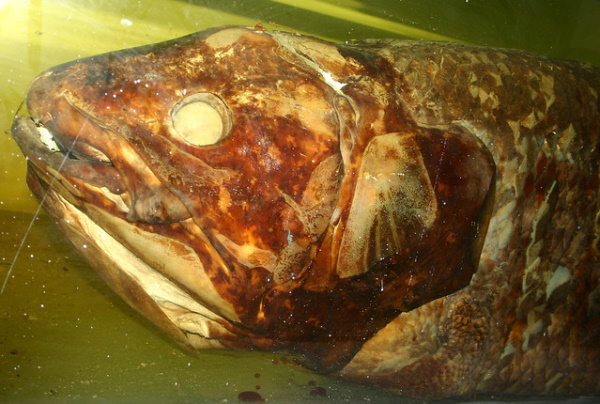 (image via: Kevin Walsh)
(image via: Kevin Walsh)
These marine relatives of lungfish and tetrapods (four-limbed vertebrates) were believed to have exited the tree of life around 65 million years ago at the end of the Cretaceous period. Imagine the surprise of South African museum curator Marjorie Courtenay-Latimer when, on December 23rd of 1938, she spied an unusually fresh Coelacanth in the catch of a local fisherman!
Lord Howe Island Stick Insect
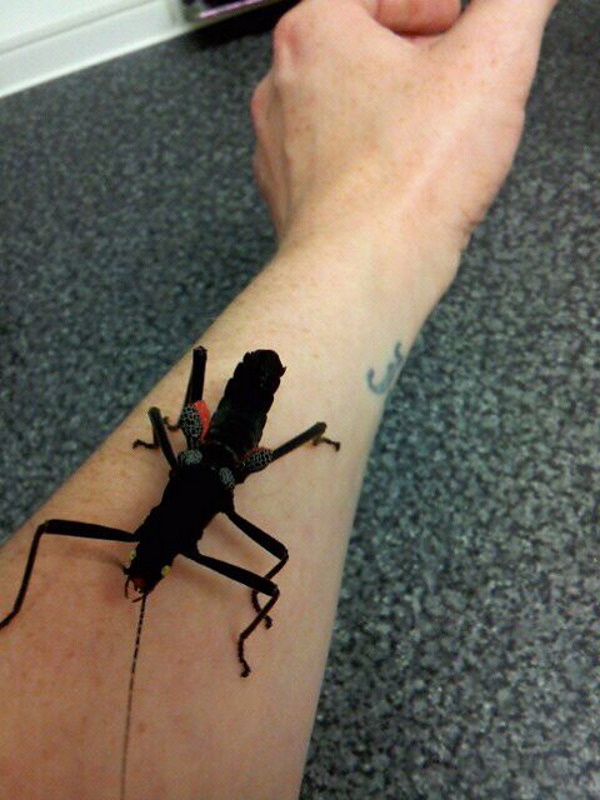 (image via: Beckie)
(image via: Beckie)
Known colloquially as the Land Lobster, the Lord Howe Island stick insect (Dryococelus australis) is native to the the Lord Howe Island Group located about 600 km (370 mi) off the east coast of Australia. Decimated by invasive black rats that escaped to Lord Howe Island in 1918 when the supply steamer SS Makambo was temporarily grounded just offshore, these frighteningly large (up to 15 cm or 6″ in length, weighing 25g or almost an ounce) insects were assumed to have been driven to extinction by 1930. A related species, the Black Velvet Stick Insect, is shown above.
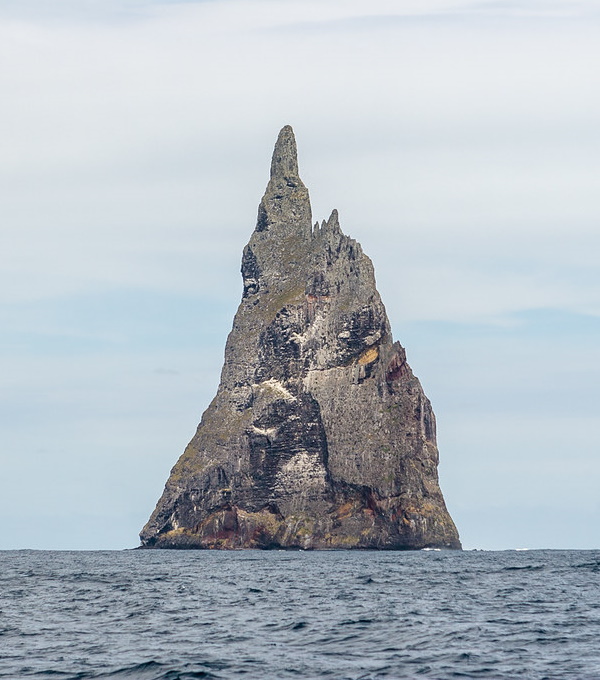 (image via: Martin7d2)
(image via: Martin7d2)
Not so fast! In 1964 a team of climbers visiting Ball’s Pyramid (above), a spectacular and steep sea stack that rises from the open sea 23 km (14 mi) south-east of Lord Howe Island, came across the carcass of a dead Lord Howe Island stick insect. In 2001 an expedition was mounted at night (the creatures are nocturnal) and 24 living Lord Howe Island stick insects were found beneath a small shrub. Two breeding pairs were brought to the Melbourne Zoo where, by 2012, over 9,000 insects have been bred with the intention to return them to their ancestral habitats on Lord Howe Island.
Takahe
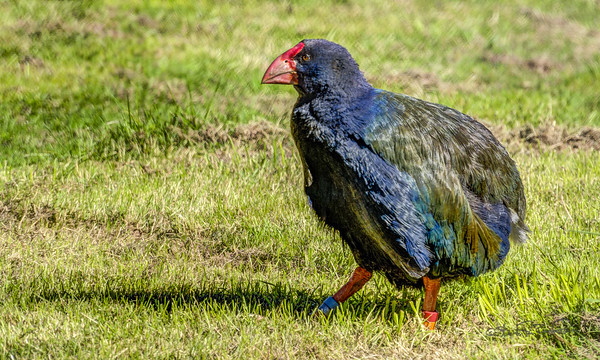 (image via: Steven dosRemedios)
(image via: Steven dosRemedios)
It’s thought the ancestors of the Takahē (Porphyrio hochstetteri) flew to New Zealand from Australia millions of years ago. Once established in The Land of the Long White Cloud, the species gradually became larger in size and lost its ability to fly. Once rats, cats, dogs and pigs were introduced to New Zealand by Polynesian settlers and European colonists, the Takahē population plummeted with the last 4 wild examples being killed in 1898… or so it was thought.
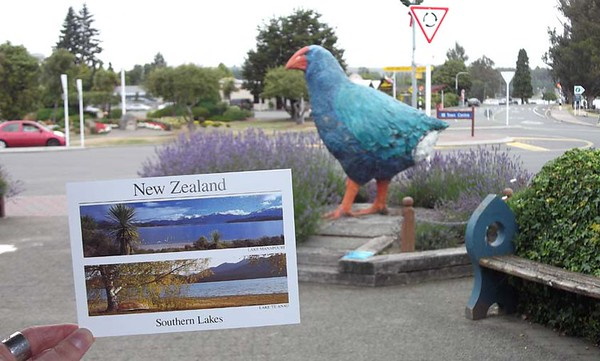 (image via: studio tdes)
(image via: studio tdes)
Rumors of the birds’ continued existence and unconfirmed sightings over the years convinced government and academia to mount an organized search for any survivors. Their efforts were rewarded on November 20th of 1948 when a team led by Geoffrey Orbell re-discovered the Takahē near an isolated lake in the Murchison Mountains. As of 2013 it’s estimated about 260 birds exist under official protection and close monitoring in New Zealand’s Fiordland National Park.
